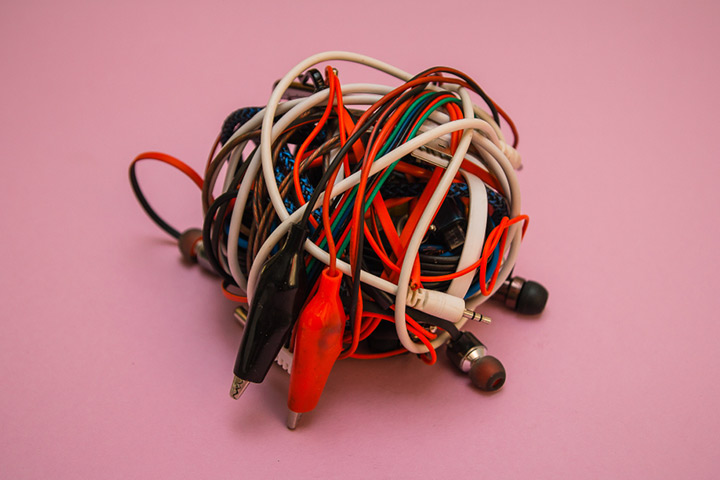
Image: Shutterstock
The human brain is a fascinating organ. Its full potential is unmeasurable, something which continues to baffle scientists even to this day. While we are aware of the anatomical aspects of the brain in general, we also know its functions in an adult brain. Whether its logical thinking or emotional reactions, the human brain has a specific ‘center’ for everything. However, when it comes to newborn babies, the narrative changes completely. A newborn’s brain at birth is not fully developed, something that can be attributed to the natural size of the cervix opening which is relatively small to push out a big-sized head that comes with a fully developed brain (1). It is more or less just a bunch of neurons which need a little more time to mature and grow. No wonder then that an infant’s behavior and speech is incoherent, which may be difficult for many parents to comprehend, especially during the first five months. Therefore, knowing a little more about a newborn’s brain may help parents cope better with little challenges that come with it. We list here five such things (as metaphors) to help you understand your baby’s brain soon after birth:
1. Lump Of Clay
Have you ever noticed a potter shaping out beautiful pottery out of a lump of clay? That’s exactly what an infant’s brain looks like at the time of birth, a clay lump. It is extremely malleable and soft. As they grow, their brains become less pliable and harden when they assume a shape within the skull. This is an important phase where everything a baby learns helps mold their brain.
2. (E)Motion Sensors
You may have come across motion sensors at most modern facilities. Even the slightest movement is caught by these gadgets. A baby’s brain works in a similar way with emotions. Most infants are capable of sensing your emotions at a very early age, even before they learn to walk or talk. What’s more surprising is that babies as young as 9 months old can also show signs of empathy than most mature adults can!
3. A Ball Of Electrical Wires
Imagine setting up electrical wires inside the walls when you are building a new house. They may be a crisscross of various wires which may probably get to know their exact function once the house is completely built. Likewise, an infant’s brain is a mesh of neuronal connections which are yet to establish their function. Infants also have less inhibitory neurotransmitters, because of which their perception skills towards reality are less focused. They are just vaguely aware of everything that’s happening around them. As babies grow, their neuronal connections are fine-tuned and take shape based on their experiences.
4. The Wiggly Toy Caterpillar
How often have you found yourself at the receiving end (pun intended) of your infant’s wiggly legs each time you’ve tried to swaddle him/her? Agreed, it helps them sleep better. But what is the cause behind those restless legs? The answer is that the cerebellum, an important part of the brain which controls body movements, is still in the developmental phase. Therefore, since infants are yet to figure out how to gain control of their physical movements, they flail their arms and legs. Swaddling helps calm them down and sleep well, which, in turn, enhances their skill development.
5. The Ping Pong Game
If you have ever watched a ping pong game, you may have realized that serving and returning lies at its core. This technique applies to an infant’s brain as well. According to a study by the Harvard University’s Center on the Developing Child, one of the most important learning tools that significantly shape a newborn’s brain is the “serve and return” interaction between the infant and parents (2). Babies try to reach out to adults through their babbling, expressions, or other physical or vocal gestures to which adults instinctively respond in a similar manner. This kind of a ‘parroting’ behavior by adults helps babies recognize the kind of stimulus they might need to extract the desired response.
We are sure these surprising facts about your infant’s brain may have given you an insight into his/her behavior. So, if you have been perturbed by a certain behavior lately, rest assured it’ll pass as and when your baby grows. However, if there are some really serious behavioral or developmental issues, do consult a doctor immediately!















